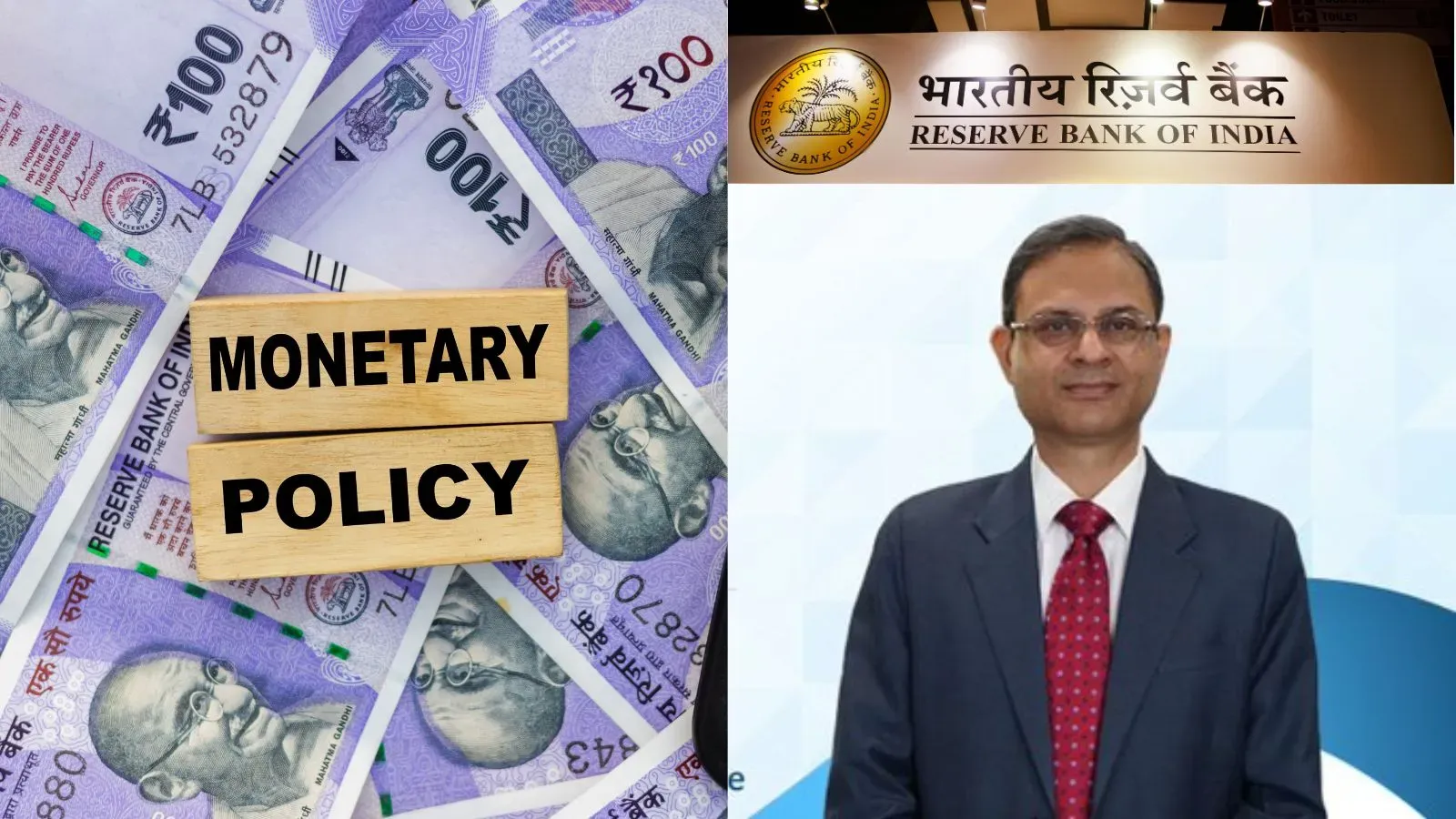Business News
Bajaj Auto is just the beginning: SBI sounds alarm on rare earth crisis, 5 sectors to get impacted

5 min read | Updated on July 29, 2025, 11:42 IST
SUMMARY
China’s clampdown on rare earth exports is beginning to impact India’s auto sector, with Bajaj Auto warning of a production halt in August
Stock list

Bajaj Auto, which recently gained market leadership in EVs, is expected to take a hit to revenue and EBITDA.
As India’s auto sector reels under China’s clampdown on rare earth exports, new research from SBI suggests the fallout is spreading far wider.
The report identified five sectors — transport equipment, basic metals, electrical and electronics, machinery, and construction — as vulnerable to the supply shock.
The move by Beijing, which tightened export licence requirements for seven rare earth elements and magnets earlier this year, comes at a time when India remains heavily dependent on Chinese imports for rare earth materials.
Over 80% of India’s 540 tonnes of magnet imports in FY25 came from China.
While the auto sector, particularly electric vehicle (EV) manufacturers, has emerged as the most visible casualty of the ban, the SBI analysis highlights that it is far from being alone.
“Both domestic production and exports will be impacted,” the report warns, noting that these five sectors are the largest absorbers of rare earth elements and magnets, both directly and indirectly.
Rare earth magnets, such as neodymium-iron-boron (NdFeB), are critical components in a wide array of high-technology applications. From EV motors and braking systems to smartphones, renewable energy systems, and defence electronics, these magnets provide high strength, energy efficiency, and miniaturization that modern industry relies upon.
Auto sector
Leading the list of immediate victims is Bajaj Auto, whose Managing Director Rajiv Bajaj has warned of a complete halt in EV production in August.
“We are down by half in terms of production in the current month, and I am afraid that we are looking at a zero month in August,” Bajaj told The Economic Times.
The company’s flagship electric scooter, the Chetak, and its GoGo electric three-wheeler have gained significant market share in recent months.
“Should that happen, it would be not just a significant impact on our leading share and revenue, but also on our EBITDA as our EV portfolio is now reasonably profitable,” he added.
According to the SBI Research report, rare earth magnet imports averaged $249 million over the last four years, peaking at $291 million in FY25. The total import of rare earth compounds hovered around $33 million annually during the same period.
Five sectors at risk
Rare earths form the backbone of several modern production processes. According to the report, sectors such as basic metals, construction, and industrial machinery also face acute risks. These industries consume rare earths as alloying agents, high-strength magnets in motors, and in ceramic pigments and chemical catalysts.
The electrical and electronics industry, another high-impact sector, uses these materials in products ranging from television screens and smartphones to wind turbines and fibre optics.
-
Transport Equipment: EVs, braking systems, and fuel-efficient engines.
-
Basic Metals: Alloy production and smelting.
-
Machinery: Industrial equipment and precision tools.
-
Construction: Smart infrastructure components and sensors.
-
Electrical & Electronics: Smartphones, sensors, wind turbines, and computing hardware.
Banking sector risks
The SBI Research also warned of financial spillovers from rare earth disruptions, especially for banks with exposure to the impacted sectors. Disruptions in critical inputs could result in semi-processed inventory pileups, idle capacity, and unmet export obligations, all of which could trigger credit stress in both upstream and downstream segments.
The Reserve Bank of India (RBI), in its recent Financial Stability Report (FSR), had also warned about the growing impact of global geopolitical risks on India’s financial system.
Policy response
The Union Cabinet in January approved the National Critical Mineral Mission (NCMM) with an expenditure of ₹16,300 crore and an expected investment of ₹18,000 crore by public sector undertakings (PSUs) and other entities.
The mission aims to achieve self-reliance in critical mineral supply chains and reduce import dependence.
Under the NCMM, the Centre plans to support public and private firms in acquiring overseas assets and building domestic capabilities. A policy framework is also being finalised to incentivise domestic conversion of rare earth oxides into finished magnets.
State-level push: Odisha leads
States like Odisha are emerging as hubs for the rare earth value chain development. The state has approved an ₹8,000 crore titanium facility in Ganjam and has listed rare earth-based products as a priority sector under its Industrial Policy Resolution 2022.
"The active participation of state governments in encouraging rare earth exploration and processing can contribute to regional economic development and self sufficiency in critical mineral value chains," SBI noted.
No quick fix
Rajiv Bajaj cautioned that replacing China as a supply hub will take time.
“In the short term, there are no alternatives,” Rajiv Bajaj said. “In the medium-term, the two obvious alternatives are to look for an alternative to the high rare earth magnet and/or to look for an alternative to the source i.e. China. However, changing product design and/or the supply chain is easier said than done because it sets you back on what is already a rather steep learning curve in terms of quality and cost.”
By signing up you agree to Upstox’s Terms & Conditions
About The Author
Next Story

